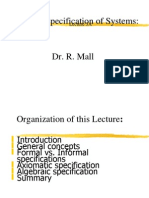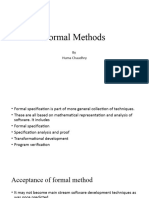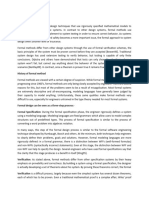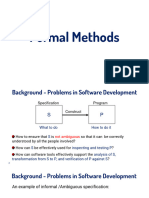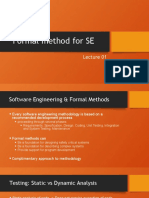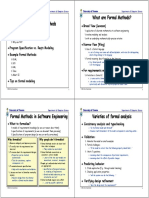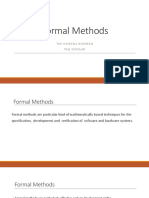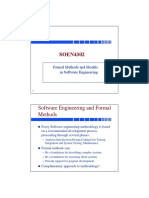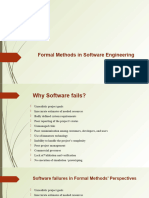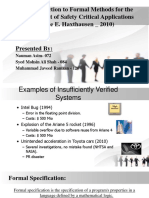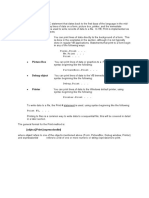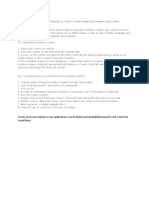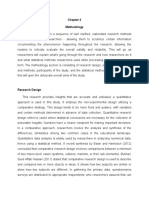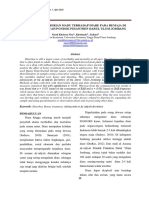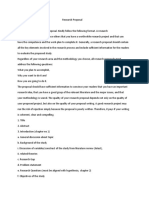0% found this document useful (0 votes)
16 views4 pagesFormal System Specification
Formal system specification uses precise techniques to describe, model, and verify systems, ensuring they meet defined specifications. It can be categorized into model-oriented and property-oriented approaches, each with distinct methods for defining system behavior. While formal methods promote rigor and eliminate ambiguity, they can be difficult to learn and may not guarantee absolute correctness.
Uploaded by
rehnaCopyright
© © All Rights Reserved
We take content rights seriously. If you suspect this is your content, claim it here.
Available Formats
Download as PDF, TXT or read online on Scribd
0% found this document useful (0 votes)
16 views4 pagesFormal System Specification
Formal system specification uses precise techniques to describe, model, and verify systems, ensuring they meet defined specifications. It can be categorized into model-oriented and property-oriented approaches, each with distinct methods for defining system behavior. While formal methods promote rigor and eliminate ambiguity, they can be difficult to learn and may not guarantee absolute correctness.
Uploaded by
rehnaCopyright
© © All Rights Reserved
We take content rights seriously. If you suspect this is your content, claim it here.
Available Formats
Download as PDF, TXT or read online on Scribd
/ 4


